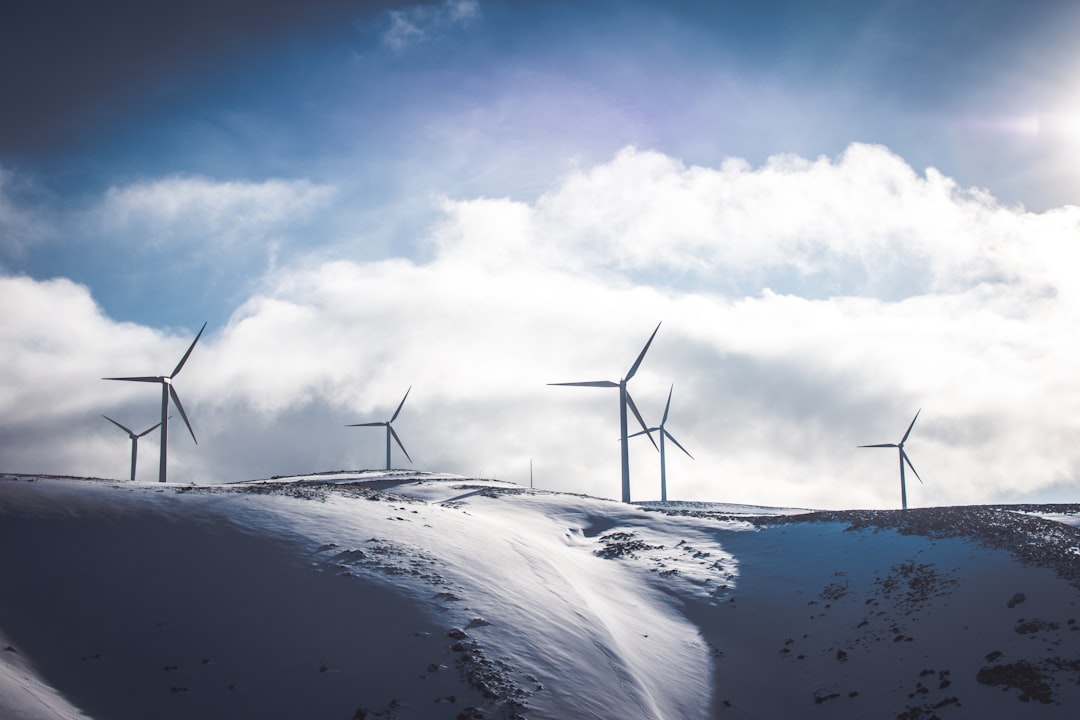What is it about?
The Sahara is the largest source of airborne mineral dust on Earth. New data from the Fennec field campaign allow the evaluation of winds in a combined model and observation product. High winds and the day-night differences are under‐represented compared to observations and performance is poorer during the summer monsoon period (even in the isolated central Sahara). The seasonal cycle of strong winds is also poorly represented, missing the summertime maximum in the central Sahara summer time dust hotspot.
Featured Image
Why is it important?
The Sahara is the World's largest source of mineral dust and it has a wide range of impacts. It adversely affects the health of people, it plays a role in the global biogoechmical cycle, (fertilising the oceans and the Amazon) and is a major uncertainty for estimating the impact of climate change in the future. Therefore, highlighting fundamental biases in modelled winds (in a framework similar to climate simulations) shows areas for future study to improve simulations both for forecasting and for climate science.
Perspectives
I am very happy that this work has been published. A large number of people worked very hard on the Fennec campaign to gather data from the central Sahara. It was a monumental effort and I hope that this will be first of many papers that use this resource. This work also highlights some important issues with the use of combined model-observation products (reanalyses) in regions where there is very little observational constraint. Reanalyses are a hugely useful tool, however, it is important to understand their limitations and to (where possible) use observations for verification.
Alexander Roberts
University of Leeds
Read the Original
This page is a summary of: New Saharan wind observations reveal substantial biases in analysed dust-generating winds, Atmospheric Science Letters, September 2017, Wiley,
DOI: 10.1002/asl.765.
You can read the full text:
Contributors
The following have contributed to this page










